The thin slats of a PPPL prototype might create the ideal path for molten metal to carry away excess heat from a fusing plasma.
Tag: Fusion
New Insights on the Role of Nucleon Exchange in Nuclear Fusion
The way protons and neutrons move between two nuclei is key to understanding the processes in low-energy nuclear fusion reactions. As the nuclei draw close enough for the nuclear forces to become effective, neutrons and protons can migrate from one nucleus to another, potentially easing the fusion process.
DOE Announces New Decadal Fusion Energy Strategy
The U.S. Department of Energy (DOE) today marked the two-year anniversary of the Biden-Harris Administration’s launch of the U.S. Bold Decadal Vision for Commercial Fusion Energy with the release of the DOE Fusion Energy Strategy 2024 and an event at the White House co-hosted by the White House Office of Science and Technology Policy.
Apple versus doughnut: How the shape of a tokamak impacts the limits of the edge of the plasma
PPPL scientists have developed a new theoretical model about the edge of a plasma, which can become unstable and potentially damage a fusion reactor. The model refines ideas about a critical obstacle on the path to harnessing clean energy from this fourth state of matter.

Using artificial intelligence to speed up and improve the most computationally-intensive aspects of plasma physics in fusion
Researchers at the Department of Energy’s (DOE) Princeton Plasma Physics Laboratory (PPPL) are using artificial intelligence to perfect the design of the vessels surrounding the super-hot plasma, optimize heating methods and maintain stable control of the reaction for increasingly long periods.
Fusion record set for tungsten tokamak WEST
Princeton Plasma Physics Laboratory researchers measured a new record for a fusion device internally clad in tungsten. The device sustained a fusion reaction for a record six minutes and four seconds with 1.15 gigajoules of power injected, 15% more energy and twice the density than before.
New instrument could help scientists tailor plasma to produce more fusion heat
Scientists at PPPL have finished building a new plasma measurement instrument that could aid efforts to boost the heat of fusion reactions in facilities known as tokamaks.
Creating an island paradise in a fusion reactor
In their ongoing quest to develop a range of methods for managing plasma so it can be used to generate electricity in a process known as fusion, researchers at the U.S. Department of Energy’s (DOE) Princeton Plasma Physics Laboratory (PPPL) have shown how two old methods can be combined to provide greater flexibility.
Adding just enough fuel to the fire
PPPL researchers have determined the maximum density of uncharged particles at the edge of a plasma before certain instabilities become unpredictable. This is the first time such a level has been established for Lithium Tokamak Experiment-Beta. Knowing this level is a big step in their mission to prove lithium is the ideal choice for an inner-wall coating in a tokamak because it guides them toward the best practices for fueling their plasmas.
One way to improve a fusion reaction: Use weaknesses as strengths
Scientists are using the imperfections in magnetic fields that confine a fusion reaction to improve and enhance the plasma in an approach outlined in a new paper in the journal Nature Communications. PPPL Physicist Seong-Moo Yang led the research team, which spans various institutions in the U.S. and South Korea. Yang says this is the first time any research team has validated a systematic approach to tailoring magnetic field imperfections to make the plasma suitable for use as a power source. These magnetic field imperfections are known as error fields.
Engineers use AI to wrangle fusion power for the grid
A Princeton-led team composed of engineers, physicists, and data scientists from the University and the Princeton Plasma Physics Laboratory (PPPL) have harnessed the power of artificial intelligence to predict — and then avoid — the formation of a specific plasma problem in real time.
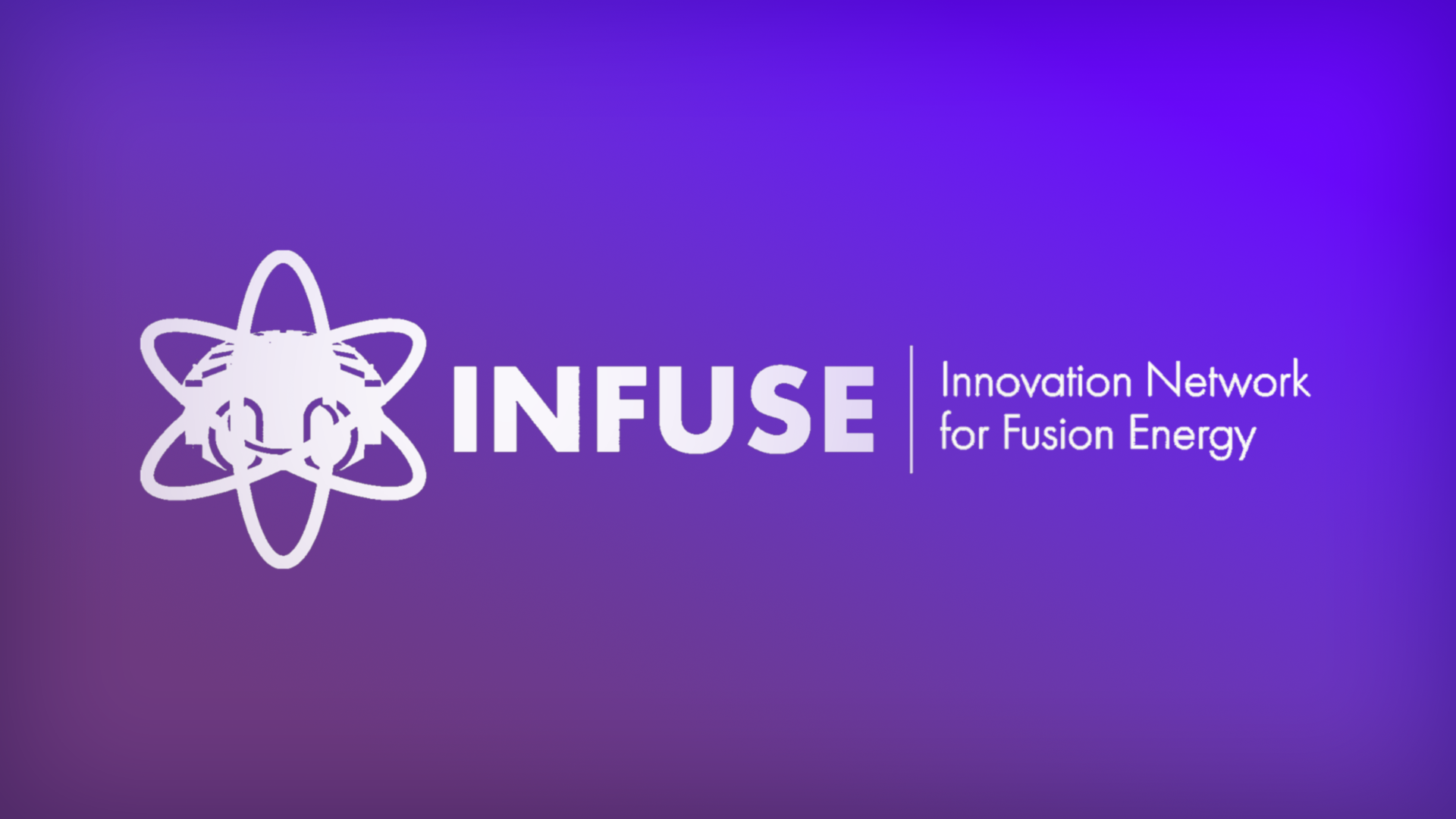
A record six public-private partnerships to speed the development of fusion energy awarded to PPPL
Article describes the unprecedented six DOE-backed INFUSE partnerships awarded to PPPL.

PPPL makes critical contributions to historic public-private partnership
Princeton Plasma Physics Laboratory confirms achievement of 100 million degree plasma, the heat required for commercial fusion energy production, in the UK Tokamak Energy’s compact spherical ST40 tokamak.
US-Japan fusion materials collaboration marks 40 years of progress
Creating energy the way the sun and stars do — through nuclear fusion — is one of the grand challenges facing science and technology. What’s easy for the sun and its billions of relatives turns out to be particularly difficult on Earth.
On Earth, scientists must generate, confine and sustain a superhot gas called plasma — heated to 10 times the temperature of the center of the sun — to cause a fusion reaction. Although terrestrial plasmas can be confined magnetically, what materials can withstand near such high temperatures and the relentless impact of energetic neutrons? That question is central to the development of economical fusion power plants to provide abundant and carbon-free energy.
Scientists at the Department of Energy’s Oak Ridge National Laboratory have been working with Japanese scientists under the Japan-U.S. Fusion Cooperation Program for decades to determine the answer.
Early career scientist wins prestigious Hungarian physics award
Laszlo Horvath, an early career physicist at PPPL, is the winner of the 2022 Károly Simonyi Memorial Plaque from the Hungarian Nuclear Society.
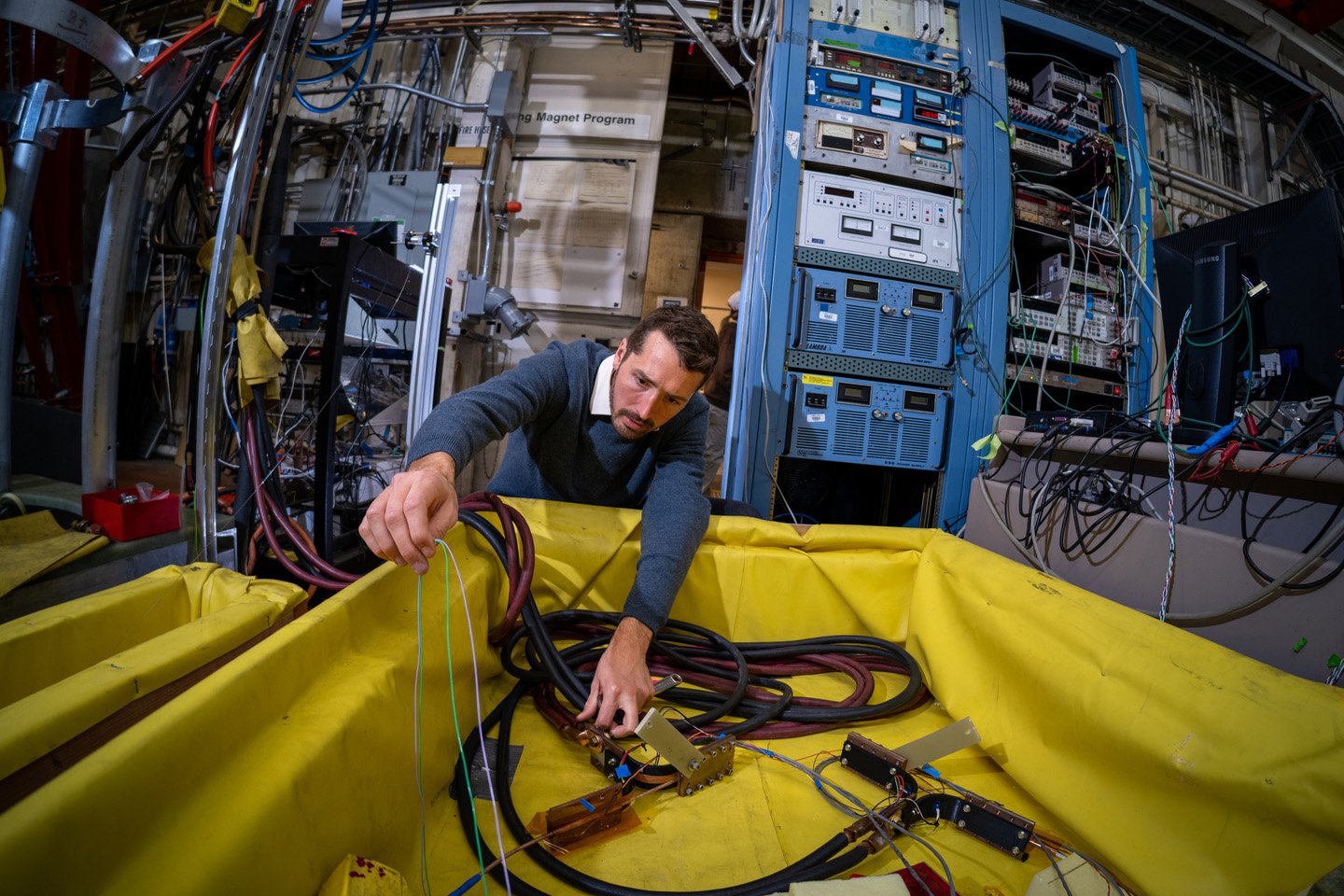
Fusion Q&A: The Path Forward
Fusion energy could address pollution, climate change, and high energy prices. Berkeley Lab’s Cameron Geddes and Reed Teyber explain how researchers are trying to make it a reality.

PPPL hosts workshop on fusion energy and nonproliferation
PPPL hosted a workshop on fusion energy and nuclear nonproliferation at Princeton University on Jan. 25 and 26. Participants included representatives from government, national laboratories, Princeton University, other academic institutions, and private fusion developers.
UAH researchers win awards totaling $750K to advance steps toward “holy grail” fusion clean energy project
Mechanical and aerospace engineering faculty at The University of Alabama in Huntsville (UAH) have won a pair of research awards totaling $750,000 to collaborate with the Los Alamos National Laboratory (LANL) on research to advance knowledge toward one of the most sought-after goals of plasma physics, plasma fusion energy. This project marks the first experimental collaboration between the university and the LANL, helping to bring fusion and high energy density (HED) plasma research to UAH, a part of The University of Alabama System.
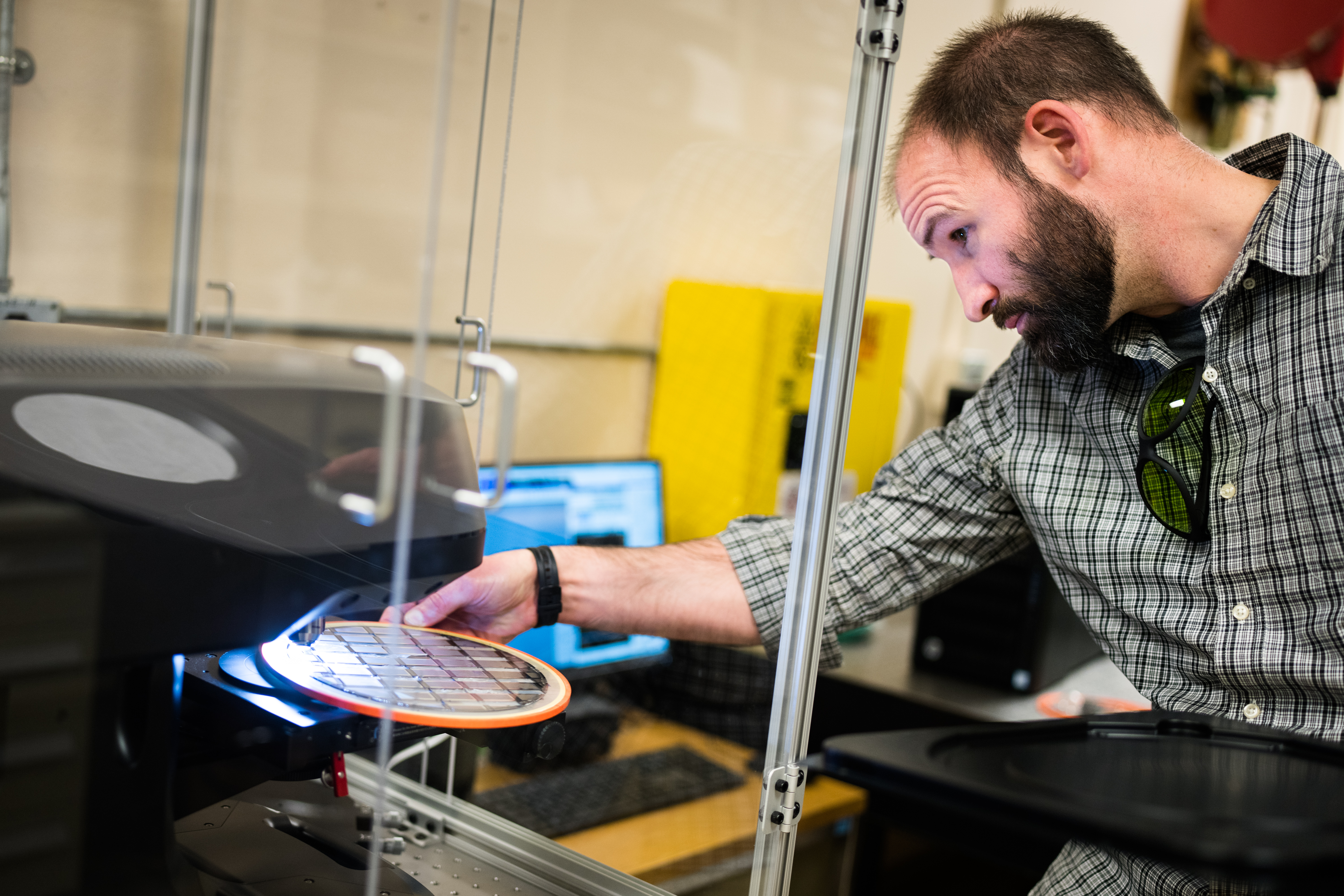
World’s fastest burst-mode X-ray camera hits the road
Sandia National Laboratories has partnered with Albuquerque-based startup Advanced hCMOS Systems to commercialize ultrafast imaging technology invented at the labs and used extensively in fusion research.
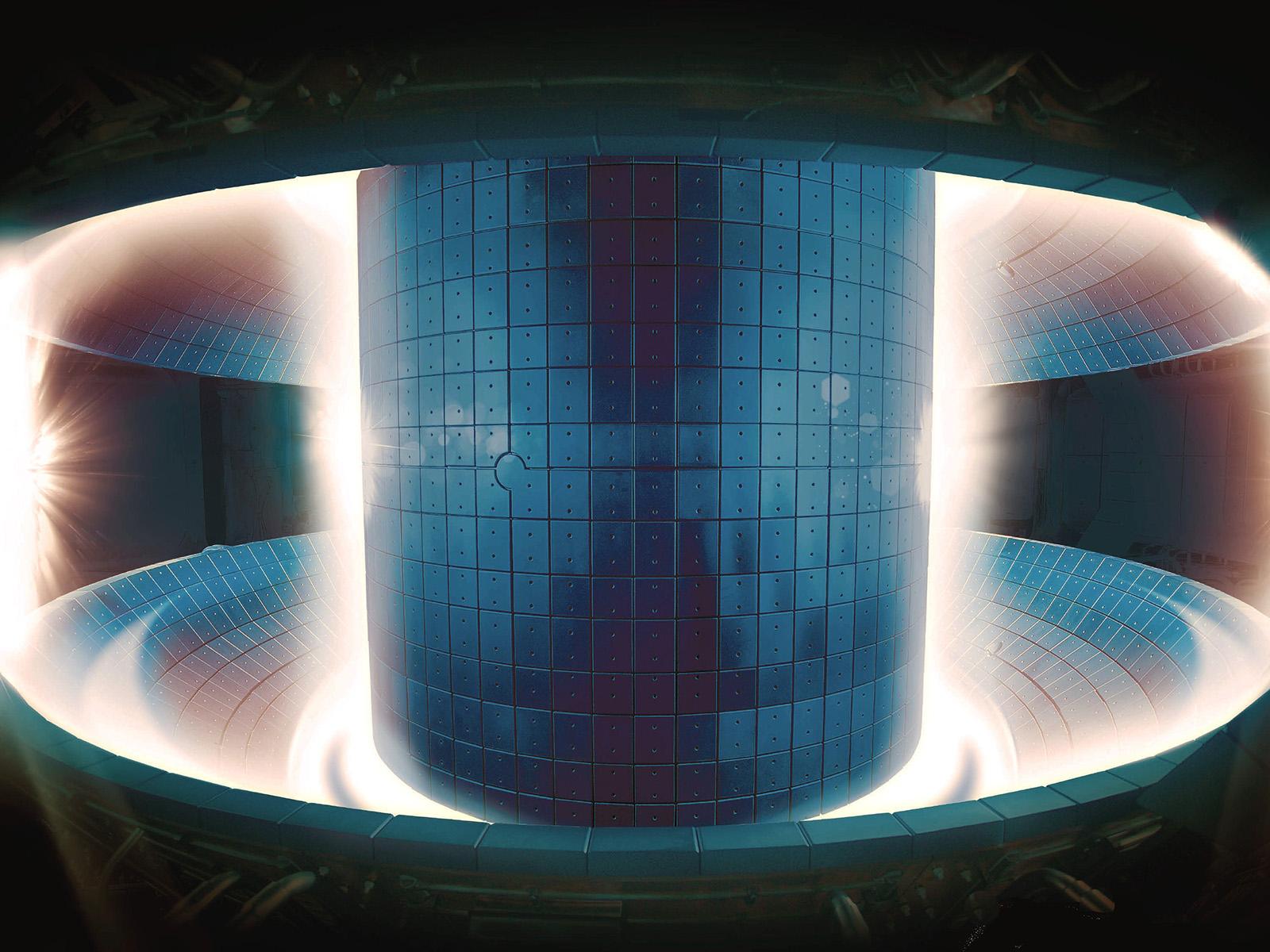
Metal Alloys to Support to Nuclear Fusion Energy
Tungsten heavy alloys show promise for nuclear fusion energy development, according to new research conducted at PNNL.
Media Tip: Scientists use Argonne accelerator to study star-like environment created during National Ignition Facility laser shots
The recent achievement of fusion ignition at the National Ignition Facility (NIF) marks a monumental scientific step in controlling the physics involved in the quest for future limitless clean energy.
Fusion ‘breakthrough’ is big, but more efficient methods needed
The Department of Energy has announced the first ever fusion reaction to generate more energy than used to start the reaction. Gennady Schvets is an expert on fusion and plasma physics at Cornell University who will lead Cornell’s Laboratory of…
PPPL in the spotlight: national CBS news program focuses on fusion energy
The U.S. Department of Energy’s Princeton Plasma Physics Laboratory and Steve Cowley, PPPL’s director, were featured on the July 23 “CBS Saturday Morning.”
New laboratory-wide organization advances the development of fusion energy science at PPPL
Major overhaul of a collaborative department aims to enhance PPPL’s role as the U.S. national laboratory devoted to the science of fusion energy.
Anne White: Then and Now / 2011 Early Career Award Winner
Anne White at MIT had a vision for an innovative approach to experiments to aid in the study and understanding of tokamak turbulence. Her work has developed rigorous validation of the models used to detail measurements of the turbulence, towards fusion’s promise of clean and nearly unlimited energy.
Imposing Chaos on Magnetic Fields Suppresses Runaway Electrons in a Fusion Plasma
Researchers are using smaller tokamaks and computer models to test approaches for suppressing runaway electrons. This research used measurements and modeling to demonstrate that perturbations to the magnetic field in a tokamak fusion plasma can suppress high-energy runaway electrons. The results could help improve the operation of ITER and other future fusion devices.
Fusion physicist Roscoe White steps down after a long and fruitful career at PPPL
Article profiles 47-year tenure and ground-breaking contributions of distinguished theoretical physicist.
Intern talks about his upcoming summer of research and fusion energy with Energy Secretary Jennifer Granholm
An intern about to start a Science Undergraduate Laboratory Internship (SULI) at PPPL and another University of Texas-Dallas student kicked off their summer with a friendly online chat with U.S. Energy Secretary Jennifer Granholm about their plans for the summer.
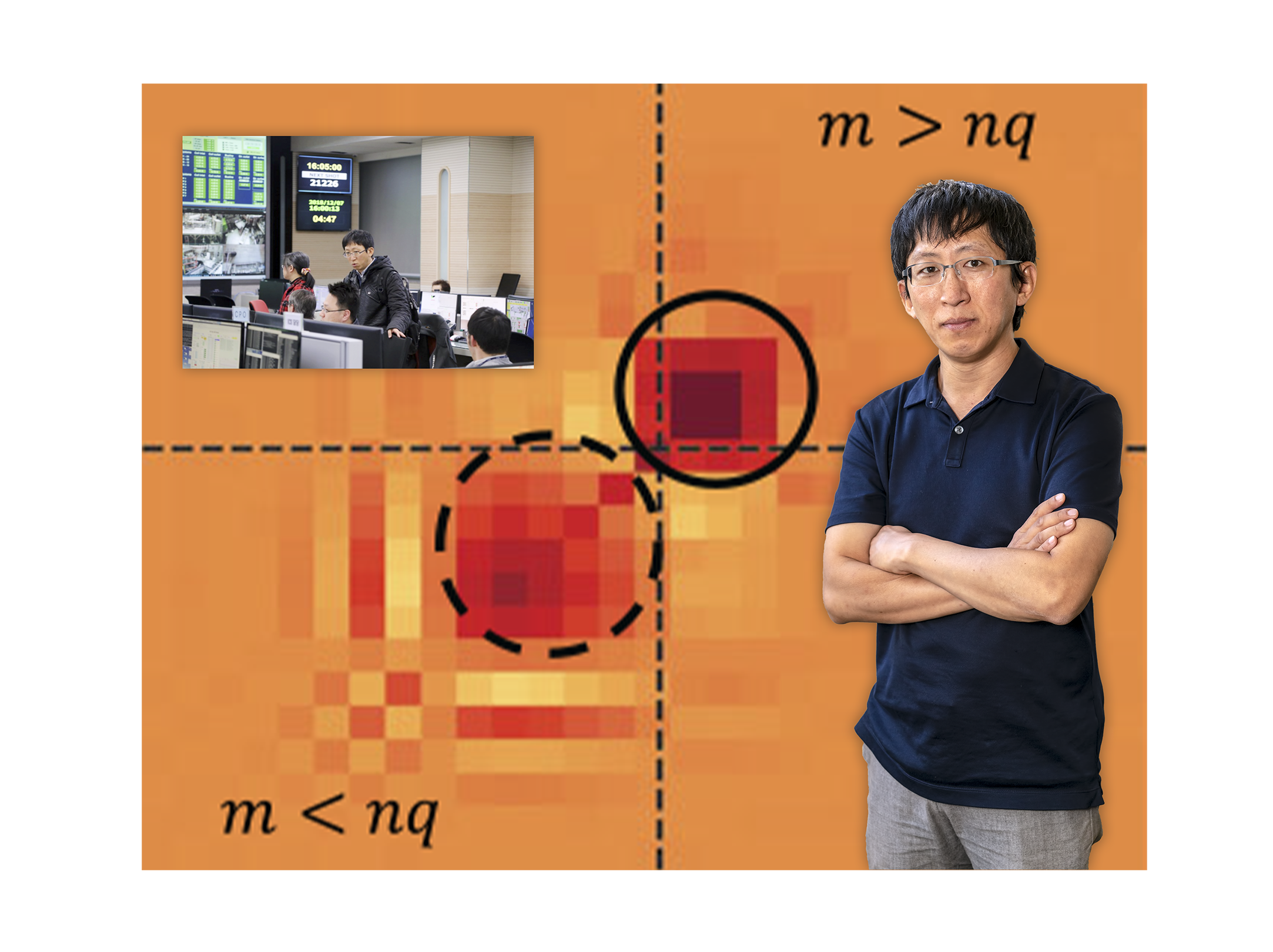
Fooling fusion fuel: How to discipline unruly plasma
PPPL scientists have developed a type of deception to calm unruly plasma and accelerate the harvesting on Earth of fusion energy.
Found: A fast and accurate way to optimize fusion energy devices
PPPL develops a model once thought to be impossible for delivering radio waves to heat tokamak plasmas.
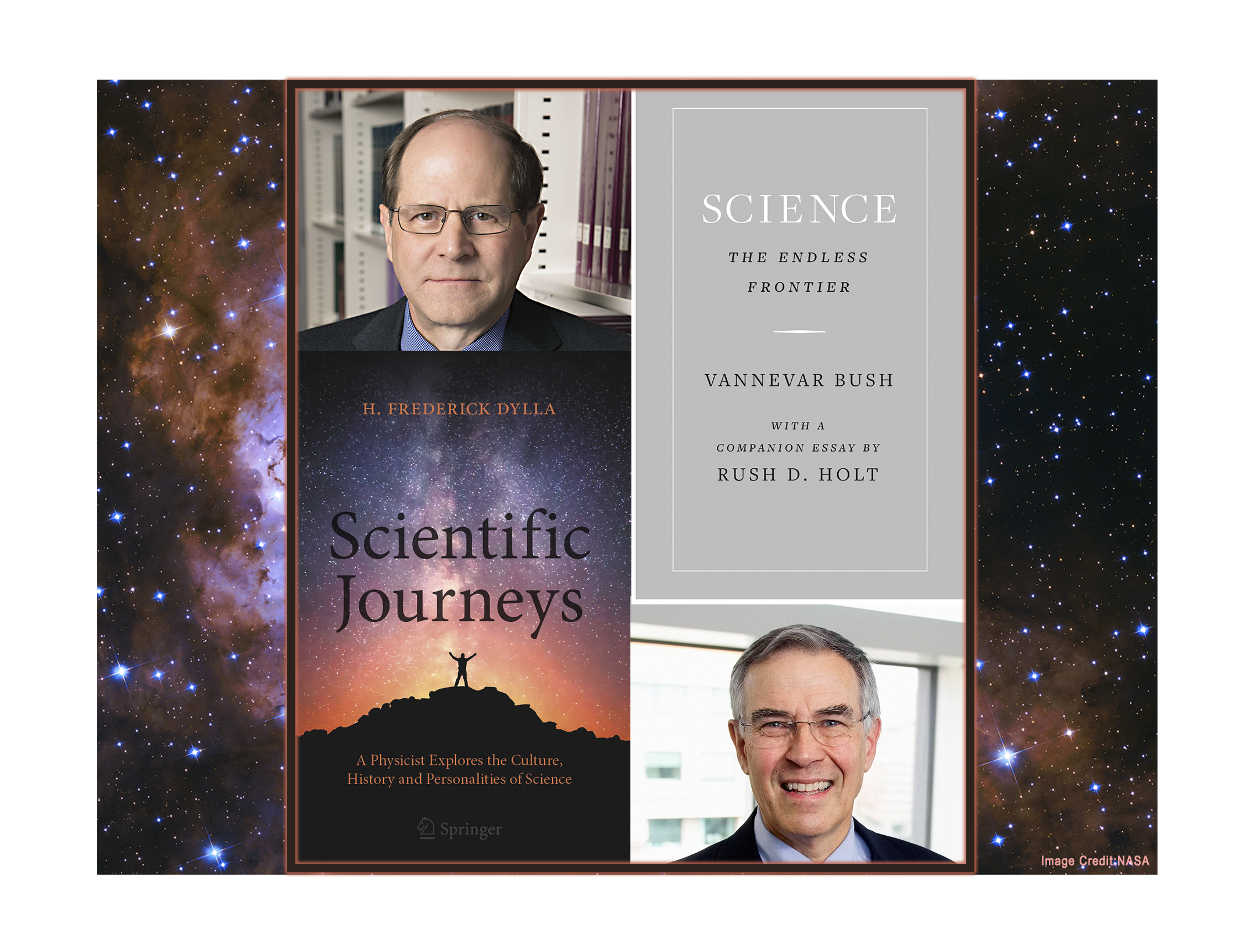
Insightful looks at the nature and role of science by two former PPPL insiders
A profile of scientific essays and a new forward to Vannevar Bush’s 1945 landmark “Science The Endless Frontier,” together with interviews with the authors.
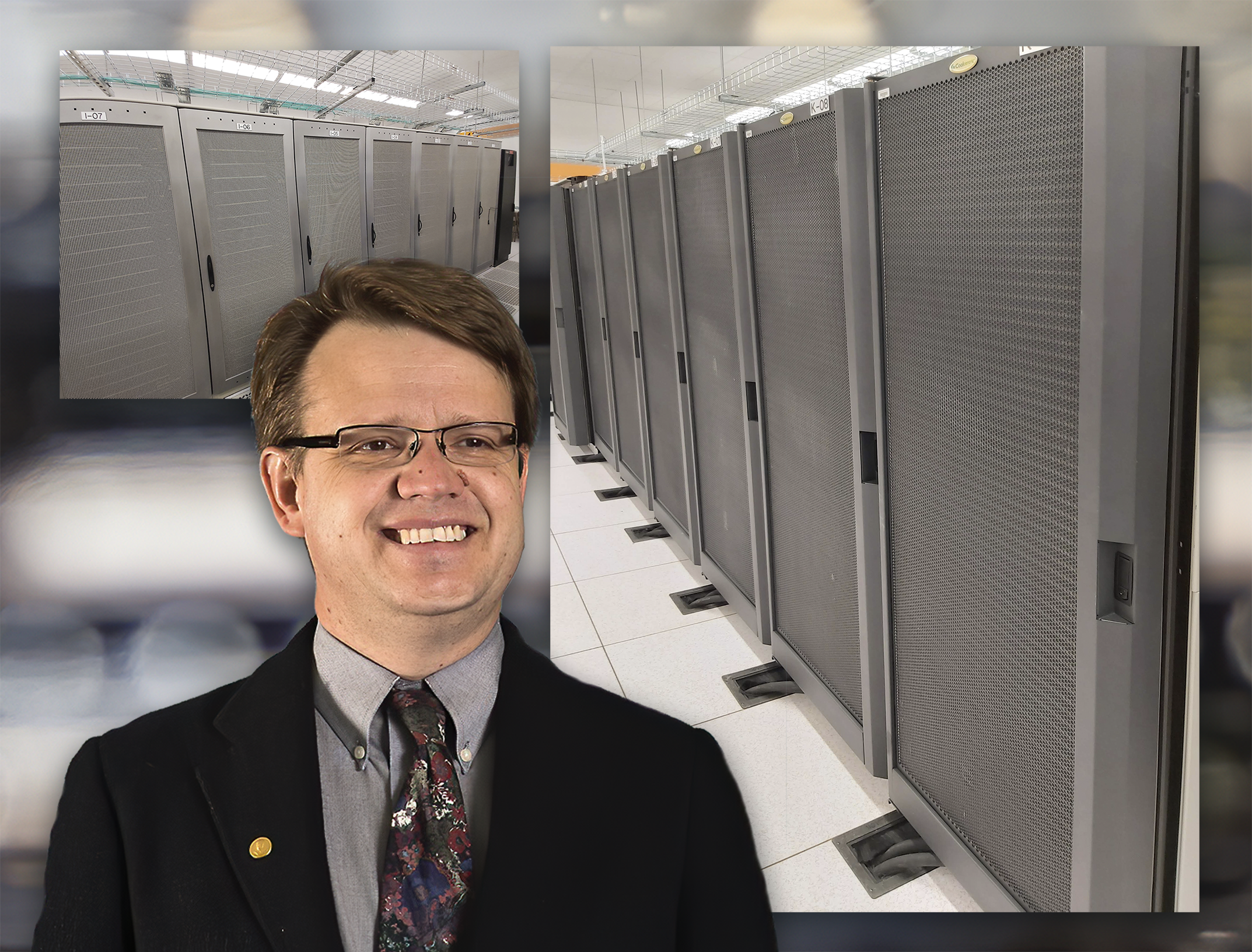
New high-performance computing cluster will greatly enhance PPPL and Princeton University research
Stellar supercomputer marks huge leap forward in the capacity of the Princeton Plasma Physics Laboratory to address fusion development issues.
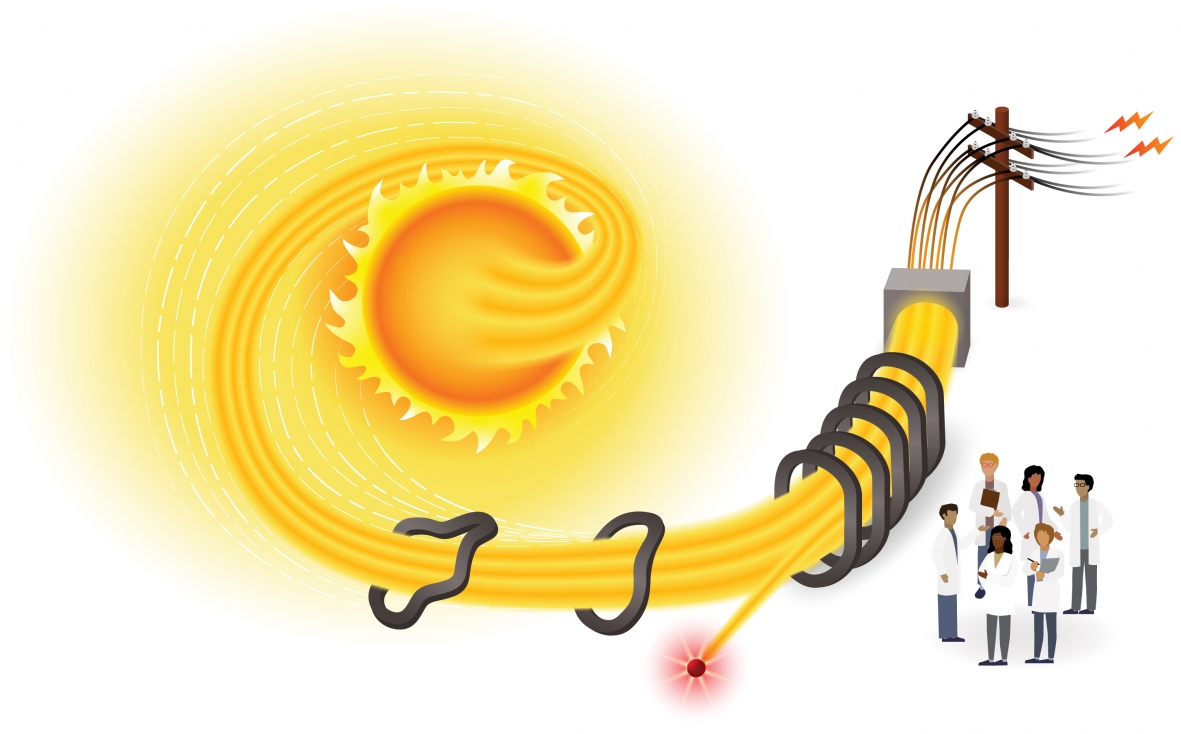
Envisioning the Future of Fusion Energy and Plasma Research
Based on input from the fusion and plasma research community, the Fusion Energy Sciences Advisory Committee has put forth a new vision and goal. Based on decades of advances in fusion research, they propose working to launch an economically-viable pilot fusion power plant by the 2040s.
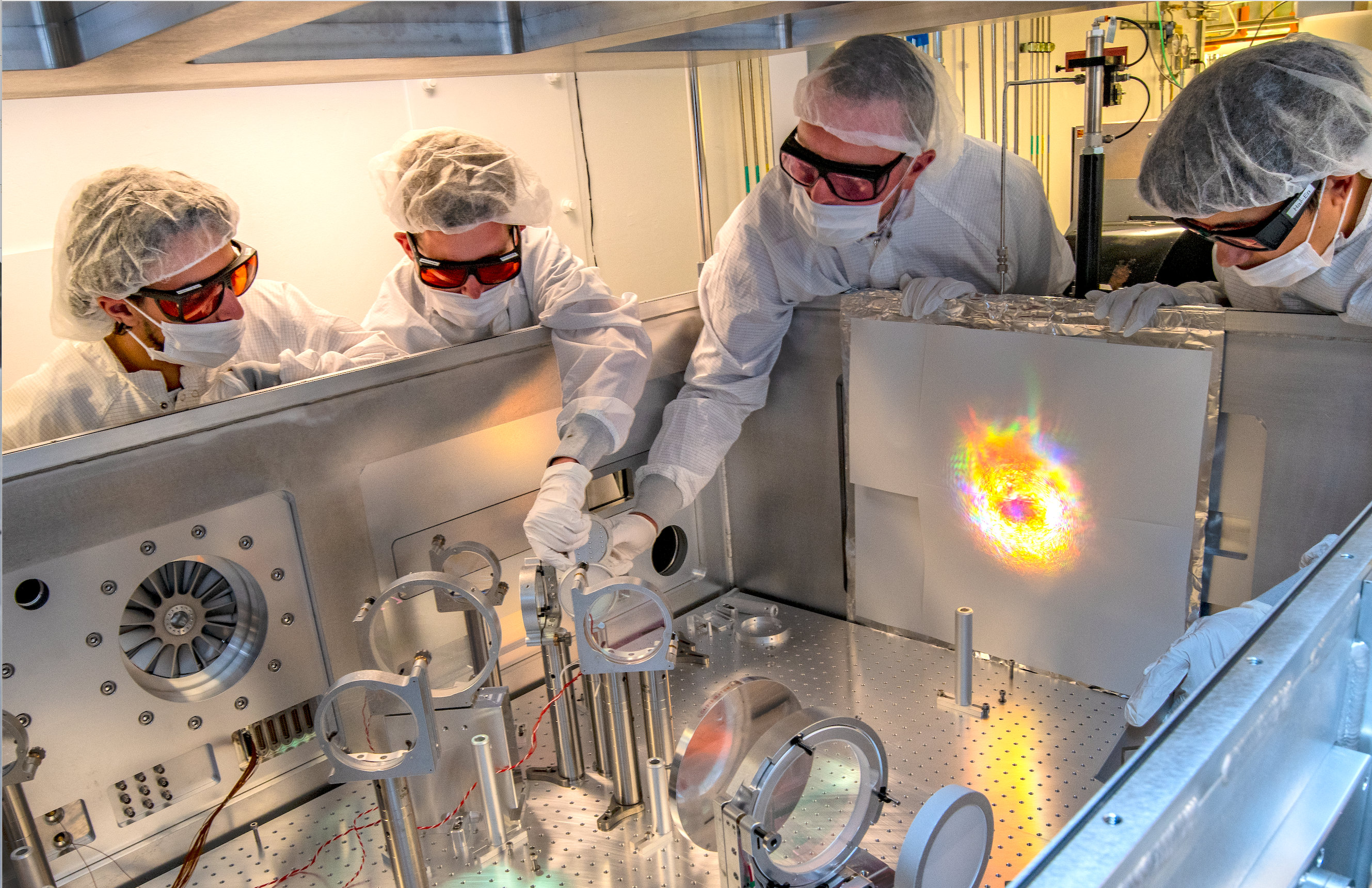
Advisory Committee Releases Strategic Plan for U.S. Fusion, Plasma Program
The U.S. Department of Energy (DOE) Fusion Energy Sciences Advisory Committee (FESAC) has adopted and endorsed a new report that lays out a strategic plan for fusion energy and plasma science research over the next decade. The report has been…
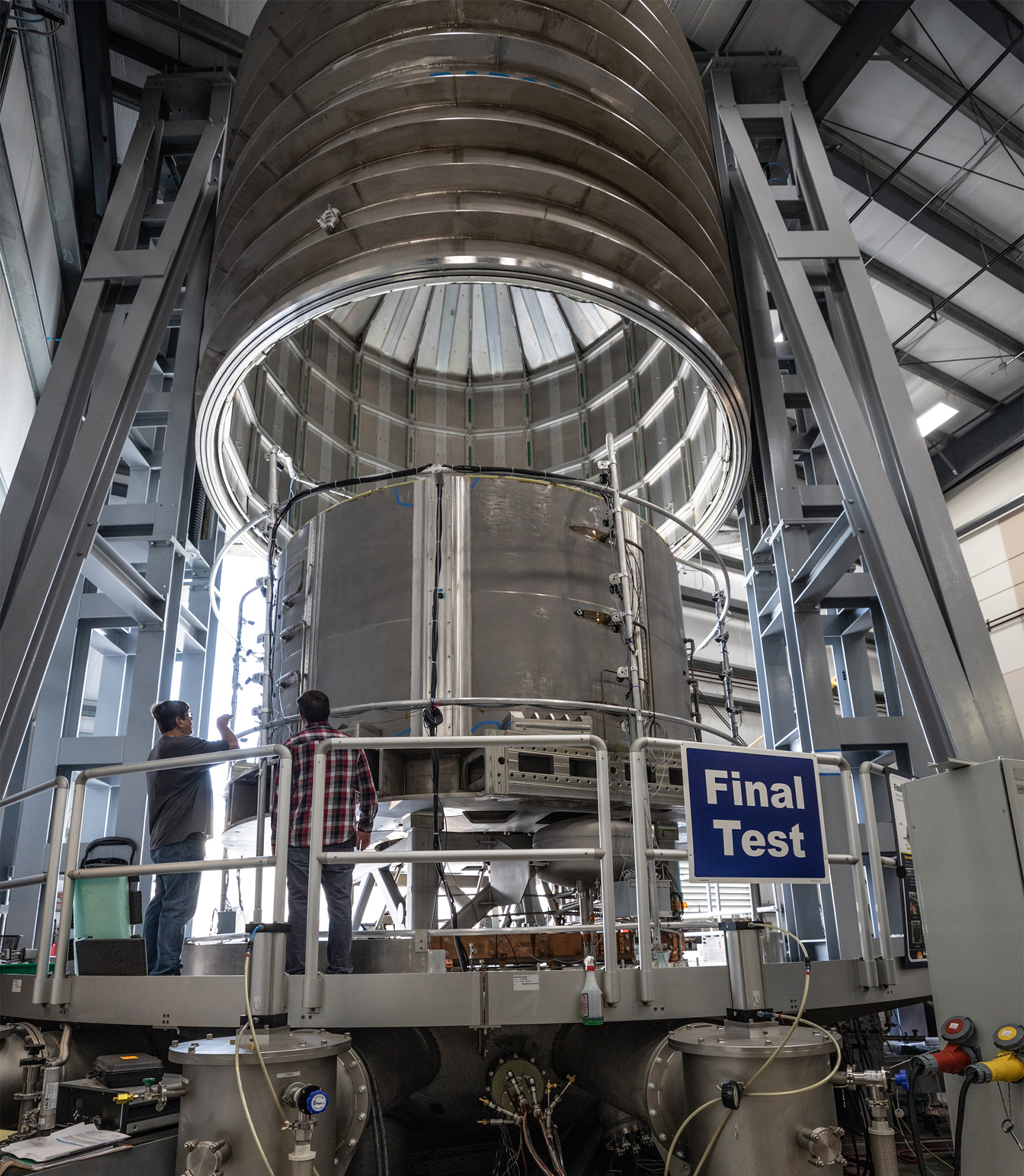
General Atomics Completes Fabrication and Testing of First ITER Central Solenoid Module
After nearly five years of fabrication and a battery of rigorous testing and troubleshooting, General Atomics (GA) has completed the first major milestone in one of the United States’ largest contributions to the ITER fusion project in France. The first module of the ITER Central Solenoid will join six others still in fabrication to make up the largest pulsed superconducting magnet in the world. The Central Solenoid will play a critical role in ITER’s mission to establish fusion as a practical, safe and nearly inexhaustible source of clean, abundant and carbon-free electricity.
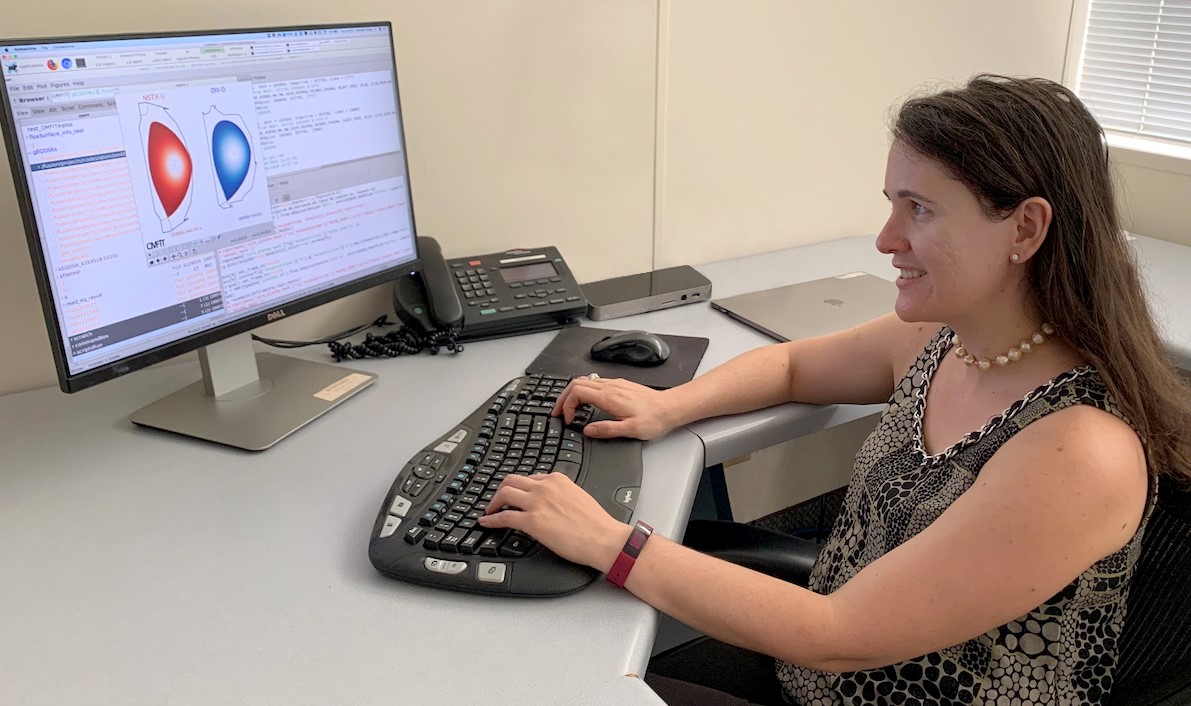
DIII-D Scientists to Work with PPPL to Find a Path to Sustained Fusion Energy
Researchers from the DIII-D National Fusion Facility are preparing to support their colleagues at the National Spherical Tokamak Experiment-Upgrade (NSTX-U) at the U.S Department of Energy’s (DOE) Princeton Plasma Physics Laboratory (PPPL) in a quest to develop sustained fusion energy. Under recently announced DOE funding programs, two teams at DIII-D will perform research on physics and instrumentation for NSTX-U as the facility’s staff work to restart operations late next year.

Graduate students gather virtually for summer school at PPPL
Students attending the third annual graduate summer school at PPPL gathered virtually, due to travel restrictions, to get a broad overview of the field of plasma physics.
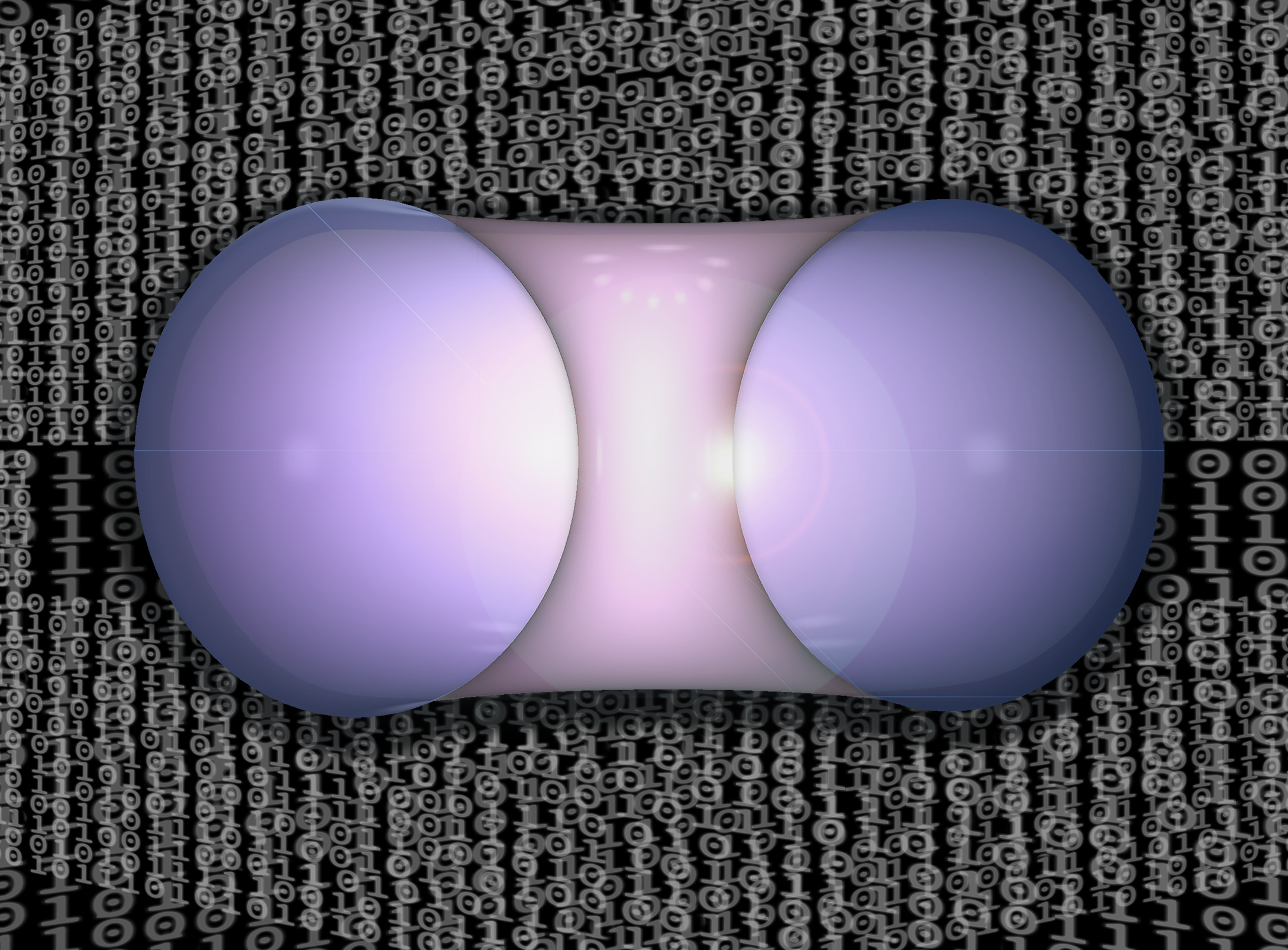
Scientists develop forecasting technique that could help advance quest for fusion energy
An international group of researchers has developed a technique that forecasts how tokamaks might respond to unwanted magnetic errors. These forecasts could help engineers design fusion facilities that create a virtually inexhaustible supply of safe and clean fusion energy to generate electricity.
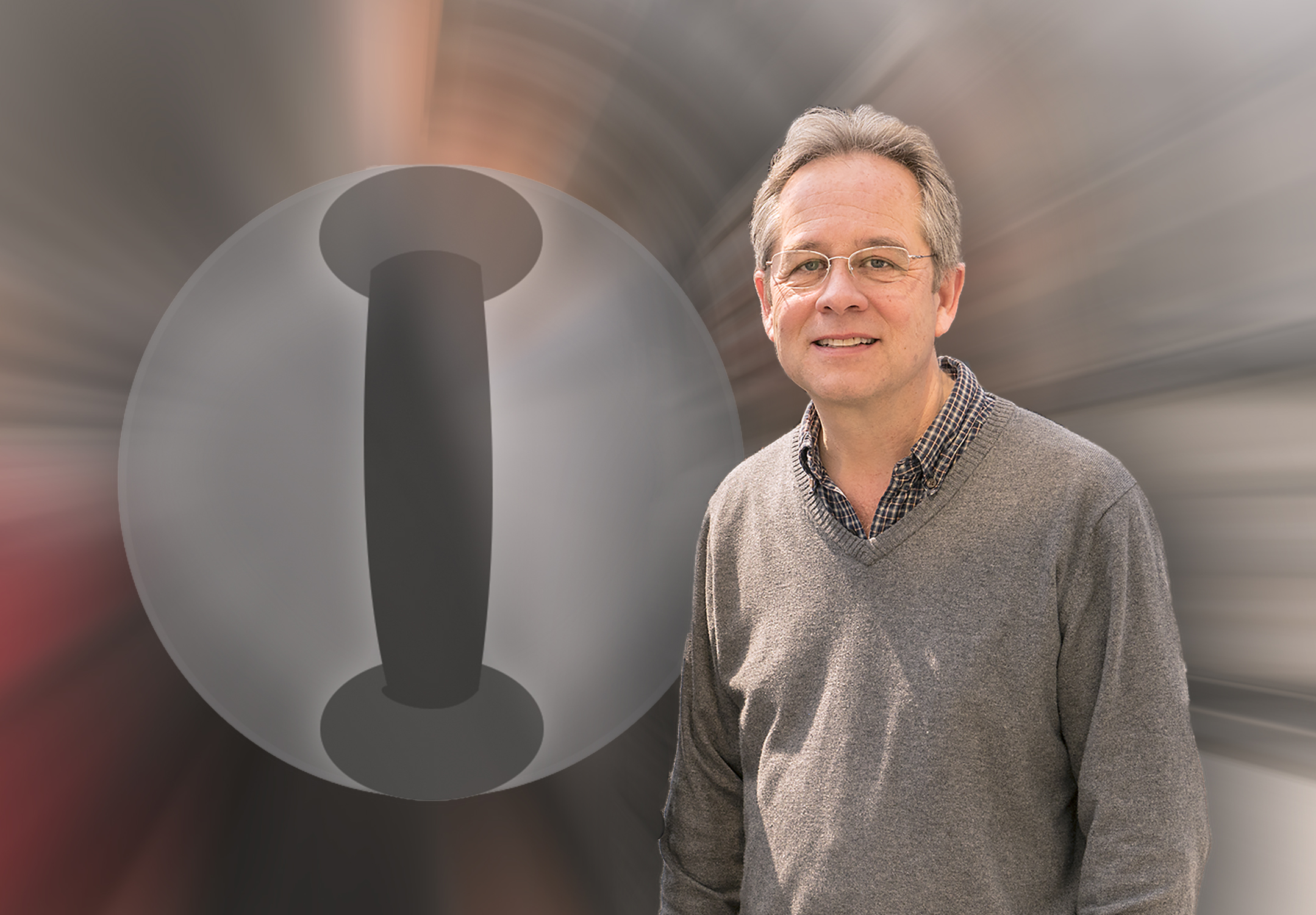
DOE provides $21 million to advance diagnostics on the flagship fusion facility at PPPL
New funding will upgrade key diagnostics on the National Spherical Tokamak Experiment-Upgrade, the flagship facility at PPPL.
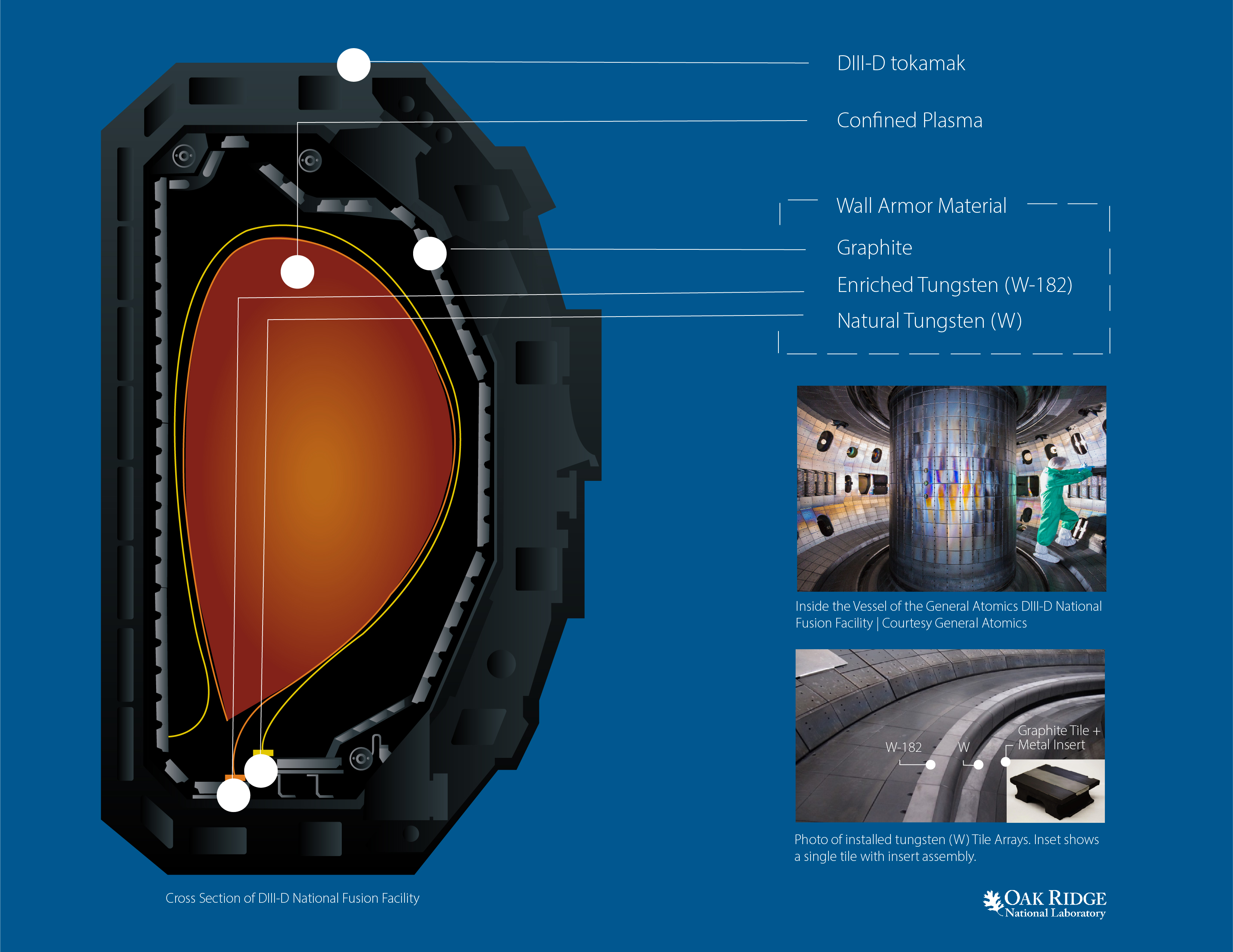
Tungsten isotope helps study how to armor future fusion reactors
A team of ORNL researchers working with tungsten to armor the inside of future fusion reactors had some surprising results when looking at the probability of contamination.
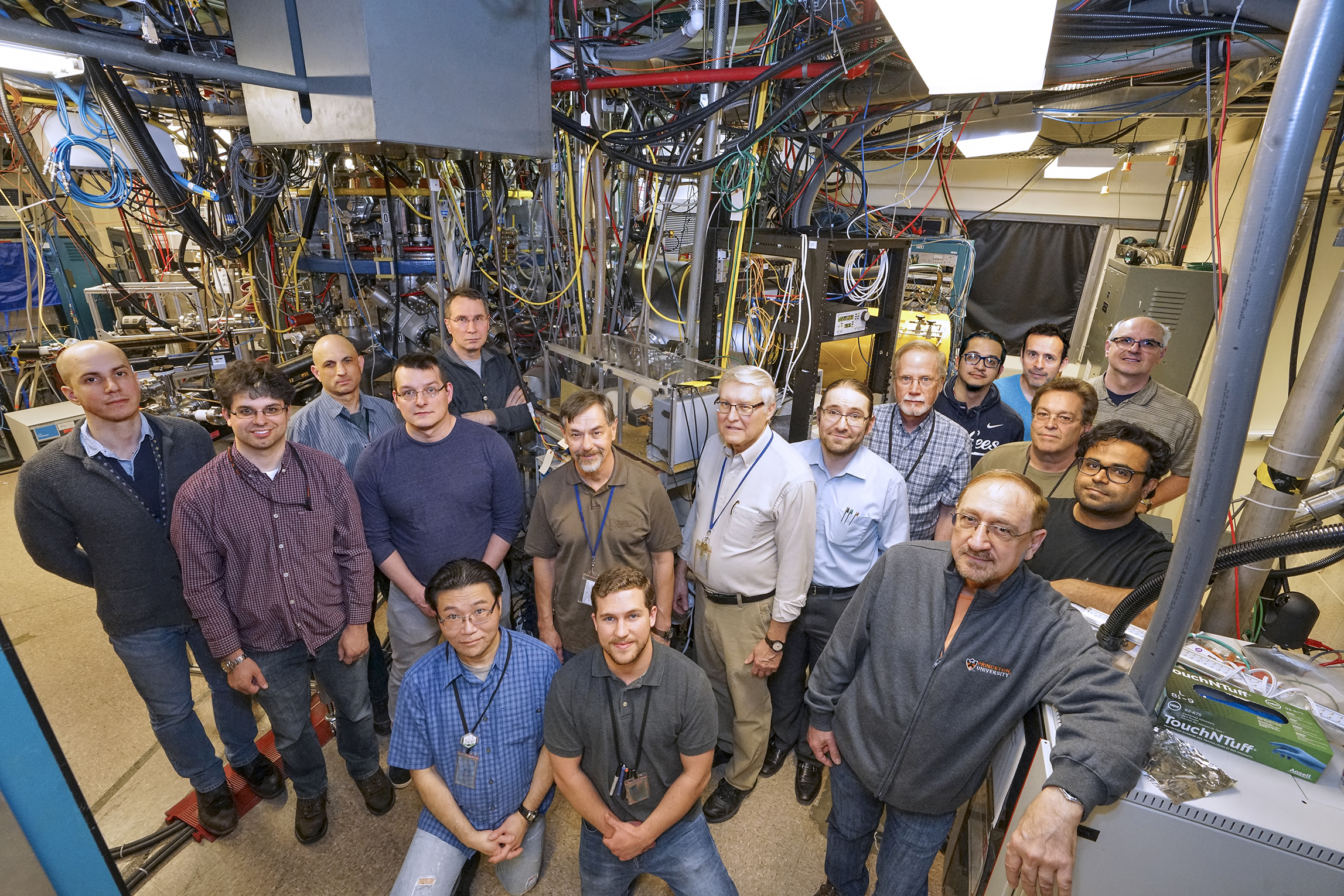
First results of an upgraded experiment highlight the value of lithium for the creation of fusion energy
Initial results of the Lithium Tokamak Experiment-Beta (LTX-β) at PPPL show that the enhancements significantly improve performance of the plasma that will fuel future fusion reactors.
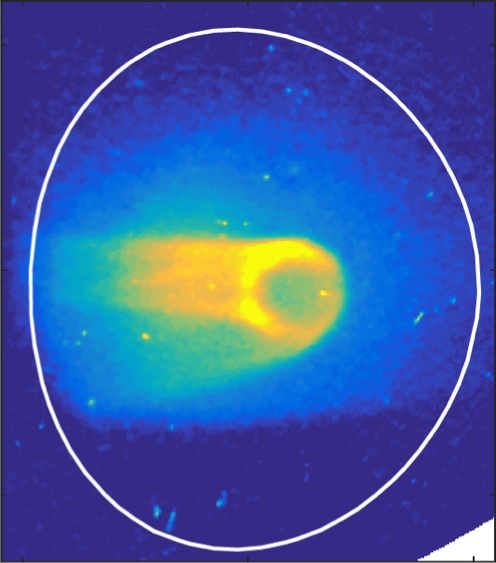
Scientists Solve Key Challenge for Controlling “Runaway” Electrons in Fusion Plasmas
Scientists at the DIII-D National Fusion Facility have for the first time studied the internal structure and stability of high-energy runaway electron (RE) beams in a tokamak. The finding could provide a way to control the damaging potential of RE beams and could contribute to future power production using tokamak fusion power plants.
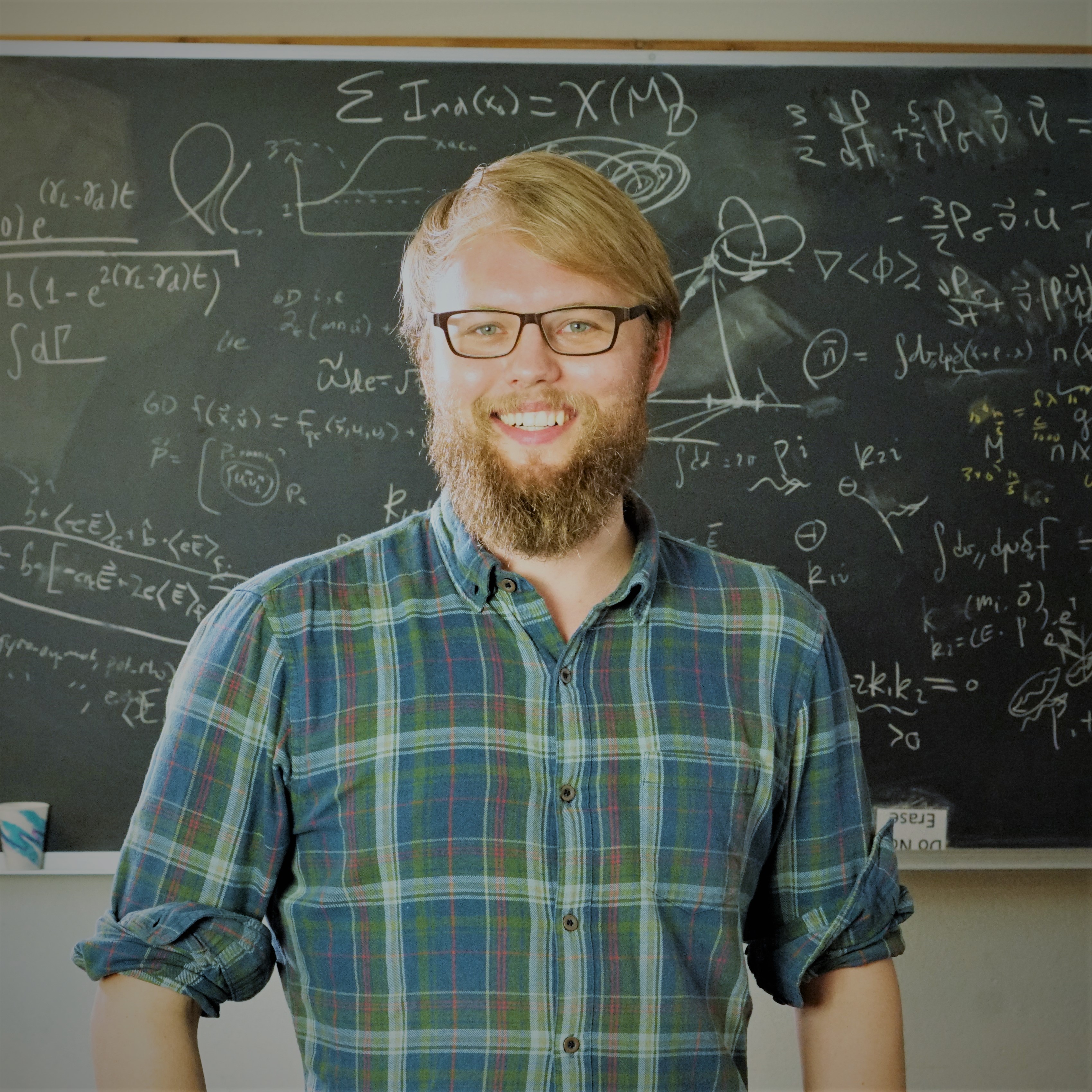
Mathematical noodling leads to new insights into an old fusion problem
Scientists at PPPL have gained new insight into a common type of plasma hiccup that interferes with fusion reactions. These findings could help bring fusion energy closer to reality.
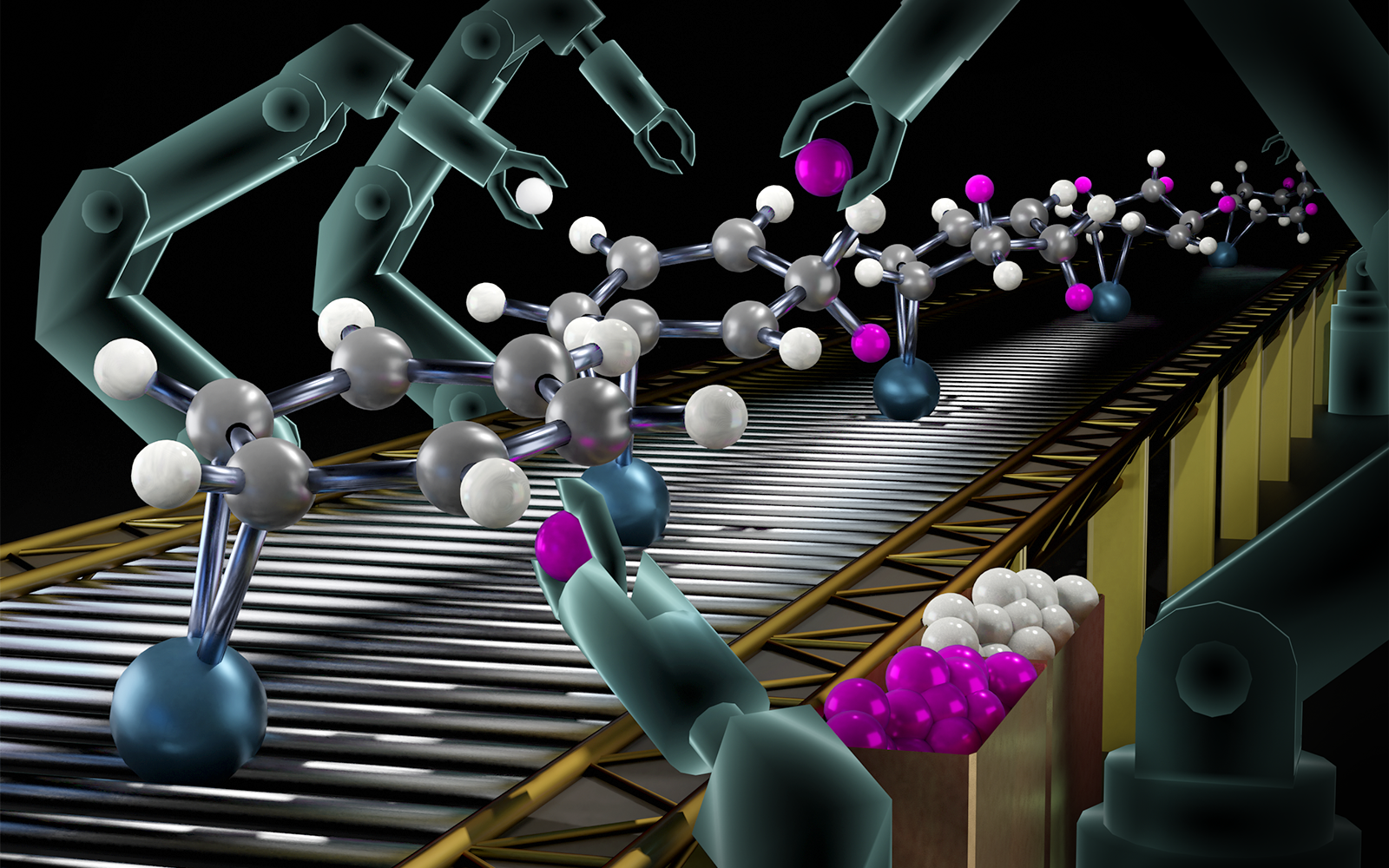
Story Tips: Shuffling atoms, thinning forests, fusion assembly and nuclear medicine
ORNL Story Tips: Shuffling atoms, thinning forests, fusion assembly and nuclear medicine
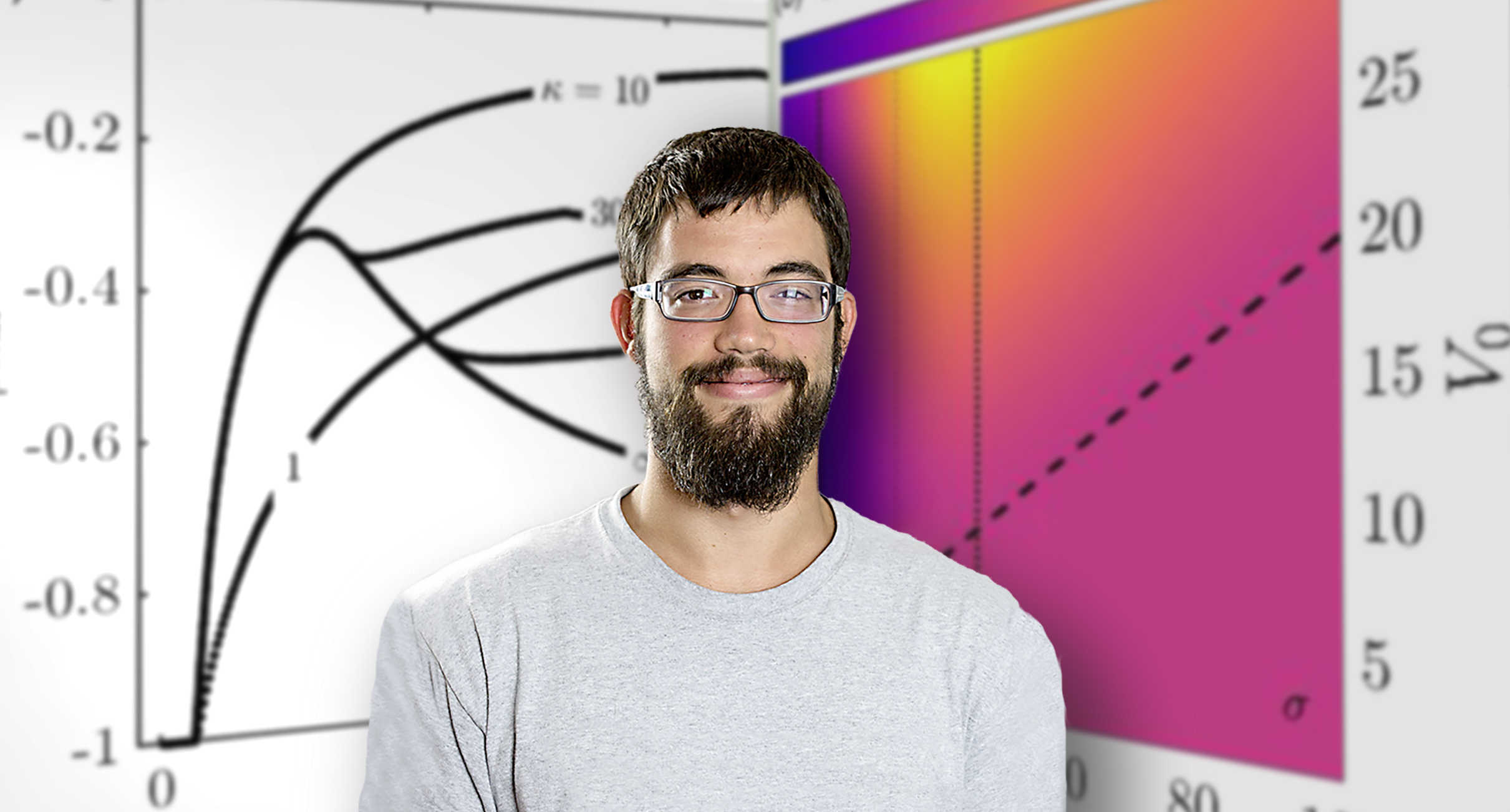
Scientists explore the power of radio waves to help control fusion reactions
New research points to improved control of troublesome magnetic islands in future fusion facilities.
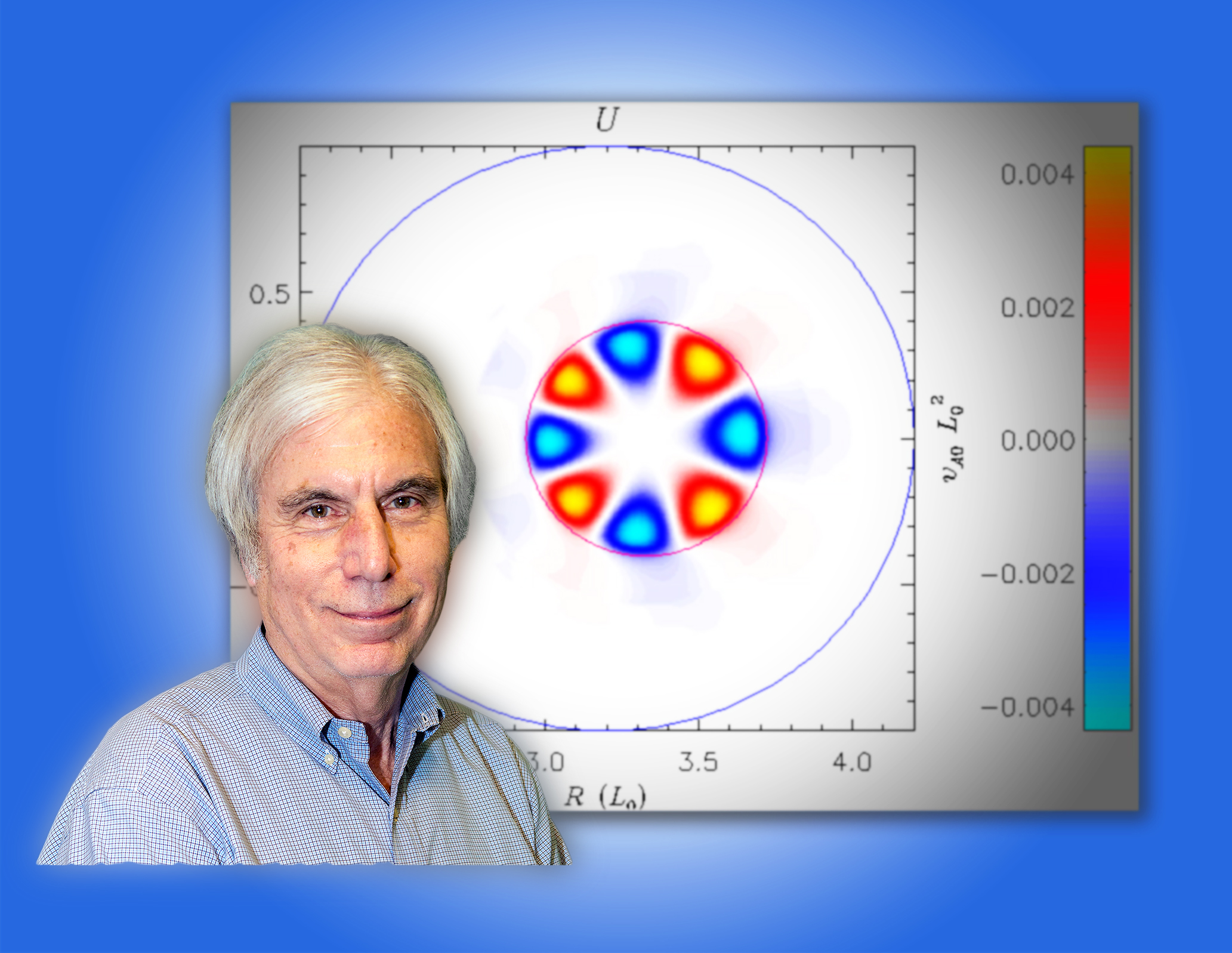
A new explanation for sudden collapses of heat in plasmas can help create fusion energy on Earth
PPPL researchers find that jumbled magnetic fields in the core of fusion plasmas can cause the entire plasma discharge to suddenly collapse.
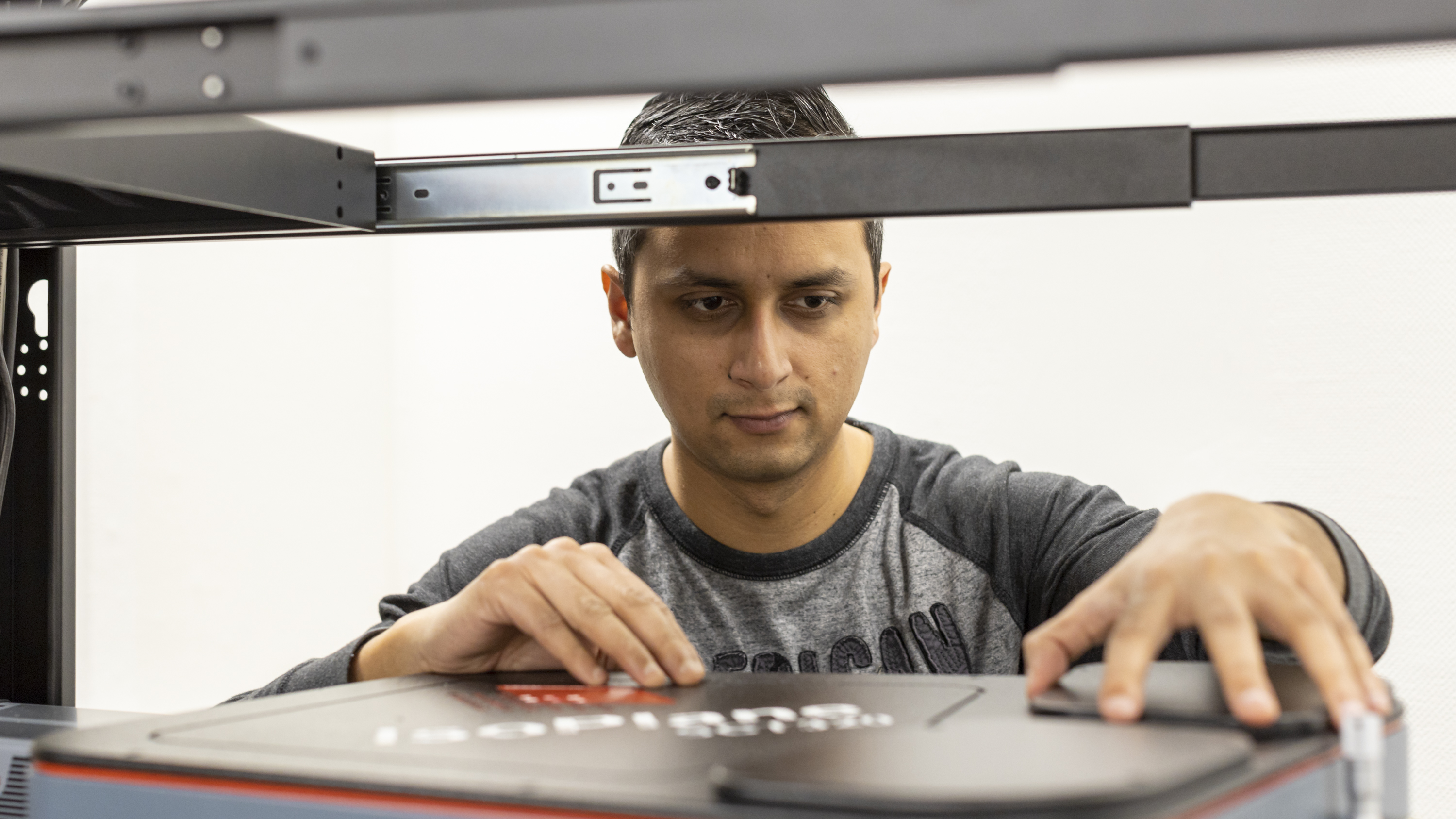
ORNL team builds portable diagnostic for fusion experiments from off-the-shelf items
The techniques Theodore Biewer and his colleagues are using to measure whether plasma has the right conditions to create fusion have been around awhile.

Design of the W7-X fusion device enables it to overcome obstacles, scientists find
Advanced design of the world’s largest and most powerful stellarator demonstrates the ability to moderate heat loss from the plasma that fuels fusion reactions.
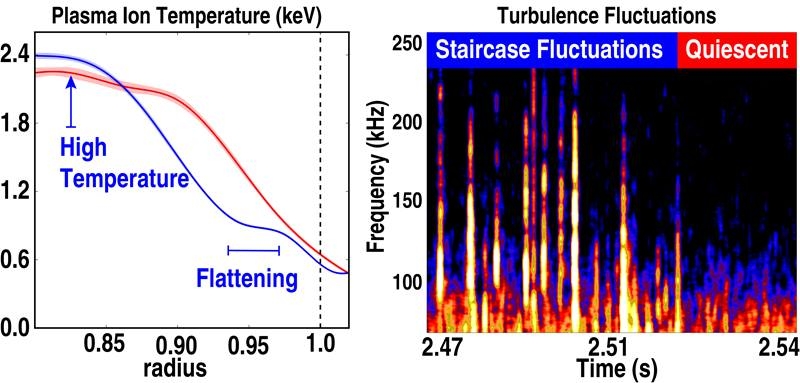
Climbing the Staircase to Fusion
Recent experiments in the DIII-D tokamak demonstrate that more turbulence at the edge of the plasma can result in it being hotter.
DIII-D Researchers Use Machine Learning to Steer Fusion Plasmas Near Operational Limits
Researchers at the DIII-D National Fusion Facility recently achieved a scientific first when they used machine learning calculations to automatically prevent fusion plasma disruptions in real time, while simultaneously optimizing the plasma for peak performance. The new experiments are the first of what they expect to be a wave of research in which machine learning–augmented controls could broaden the understanding of fusion plasmas. The work may help deliver reliable, peak-performance operation of future fusion reactors.